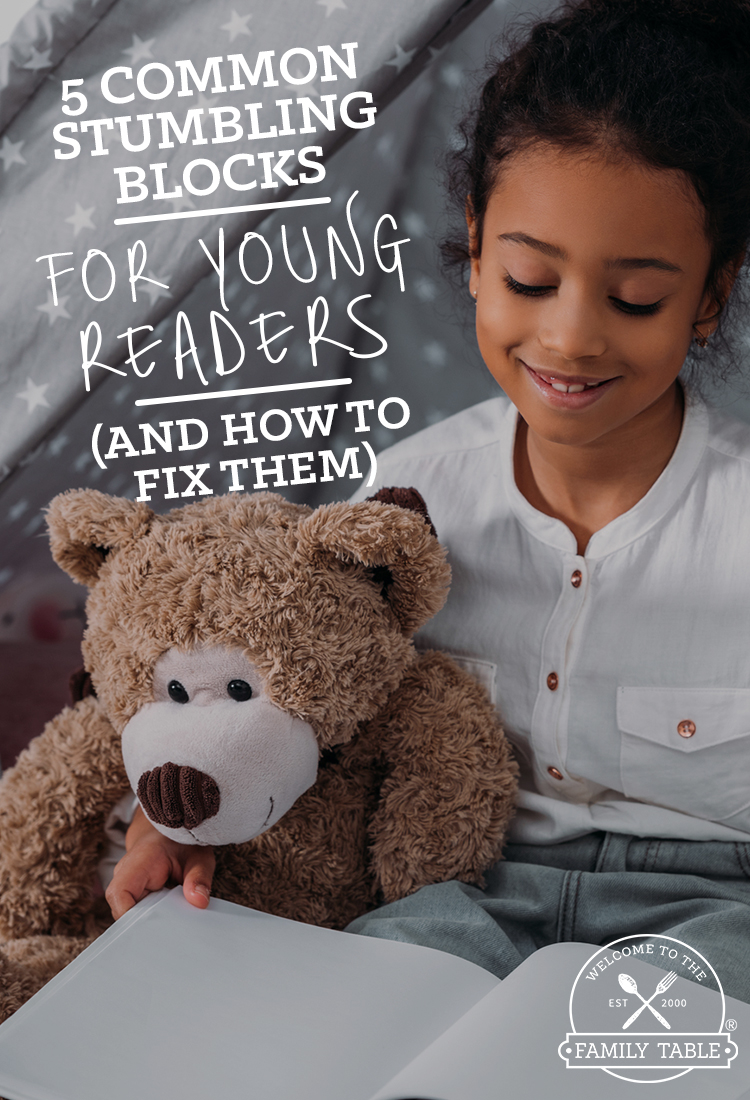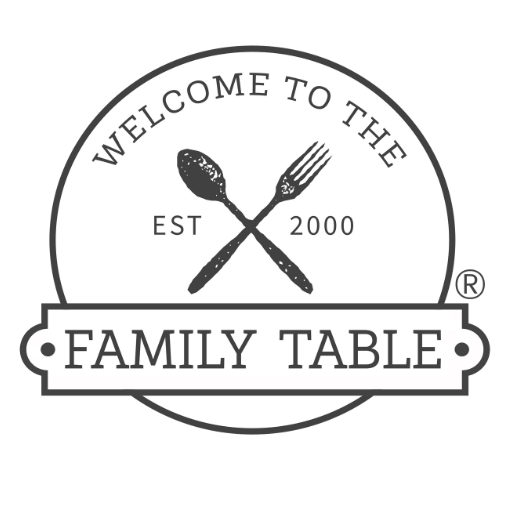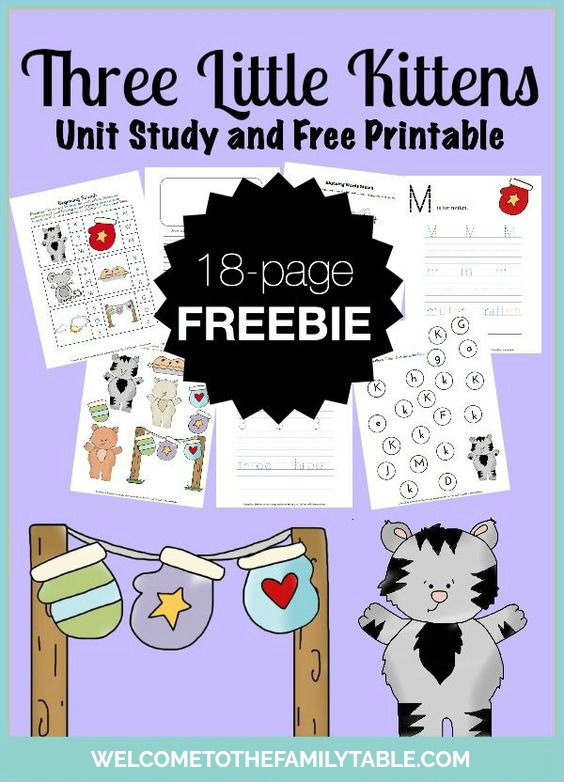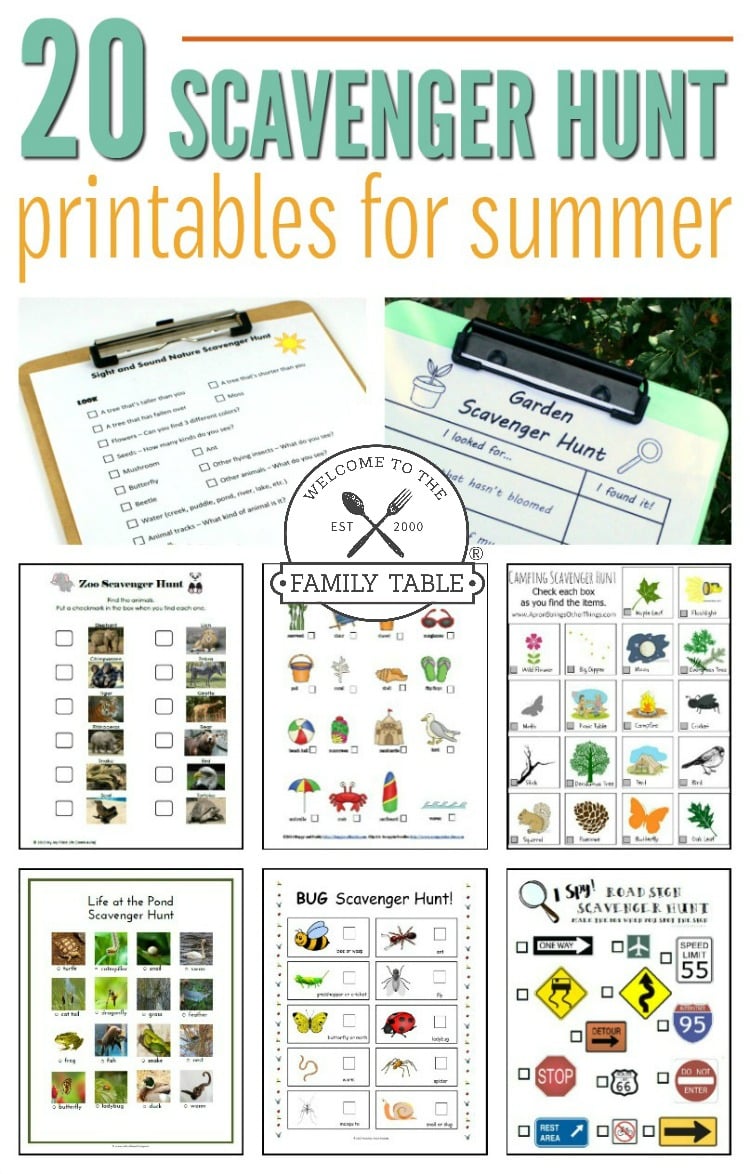5 Common Stumbling Blocks for Young Readers (and how to fix them)
If you’ve ever sat down with a pre-reader you’ve seen the excitement in their eyes as they get ready to try the huge task of reading words on paper. There’s the anticipation set by the vivid pictures on the page, there’s the desire to be independent and break away from the need to be read to by a parent…and there are also the hurdles that must be overcome before a child will be successful as a reader. Here are 5 common stumbling blocks for young readers (and how to fix them).

5 Common Stumbling Blocks for Young Readers (and how to fix them)
1. Sight Words
As adult readers, we often are unaware of sight words. Sight words are those that don’t always follow phonetic rules for spelling and often don’t hold meaning on their own. They are the words that can trip-up young readers as they attempt to make sense of the words before them. Some such words are: a, the, in, to, is, can and here. Being that these words, in isolation, hold little meaning, having children predict them in context may not be the best approach. Instead, create flashcards or a word wall (visible list of words) and review them regularly. The goal should be that, when a child comes across a sight word it is recalled by sight, rather than by sounding it out.
2. Going too Quickly
Young readers are often excited to practice their new skill. With that excitement, speed can also be a challenge. Rather than taking the time to carefully sound out words, children may look at the first letter and guess the rest of the word in effort to read quickly. There are two ways, as the teacher/parent to remedy this stumbling block. One is to model slow reading and deliberate sounding-out of words (and encourage your little one to do the same). The other solution is to chunk words in text, allowing your child to see only part of a word (and slowly revealing the rest of it) to slow down the sounding-out process.
3. Words That Don’t Follow the Rules
There are plenty of words out there that don’t follow phonetic patterns and can be challenging for new readers. Early on, try to avoid texts that are heavy in words with irregular spellings. As readers become more confident, teach irregular spellings (like “their”) by sight so that when they see them in text they know what words they are.
4. Letter Blends
There are so many sounds to know in the English language! Simply knowing the multiple sounds produced by each vowel and consonant will not help a child to become a fluent reader. Instead, once the basic sounds of each letter are established (and mastered) begin looking at consonant and vowel blends. Again, flashcards are a great tool for practicing the sounds created by various blends of letters. Once you’ve drilled a blend, make sure to go over examples of words that use that blend and how they are spelled.
5. Reading the Pictures
Reading pictures is a strategy used for prediction of storyline and comprehension. When used in combination with reading fluency, however, it may be counterproductive. Early readers often read the pictures of a book; they tell the story, using only the pictures as their guide. When children are ready to begin reading the words however, they may be so convinced of the story (as they’ve told it) that they can’t get beyond those ideas to read the printed words. A way to overcome this is to use texts that have basic pictures (that clarify rather than tell the story.) You may also want to use books that your child has not yet read. By using the pictures to enhance a new reader’s understanding of the text, rather than allowing them to be used to tell the story, the reader will be encouraged and motivated to read the words shared by the author.
Do you know other stumbling blocks for young readers (and how to fix them)? Please share your ideas!



